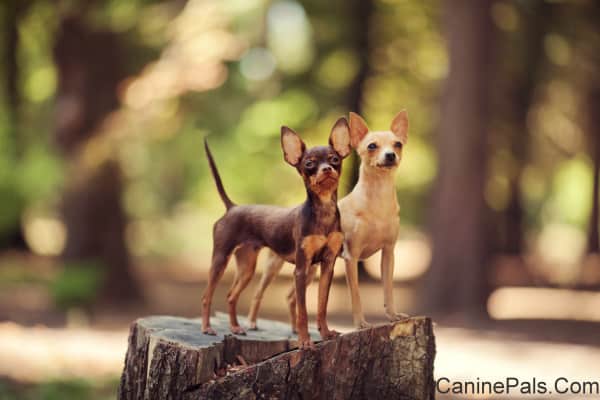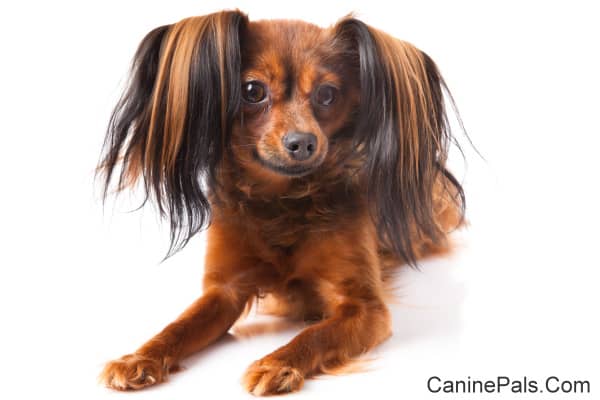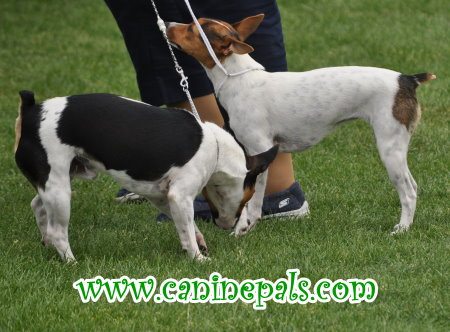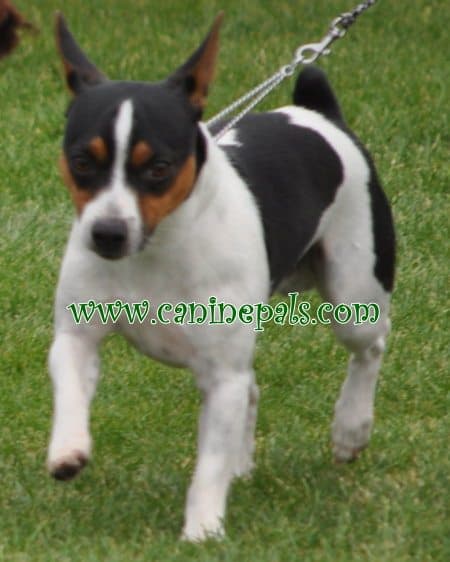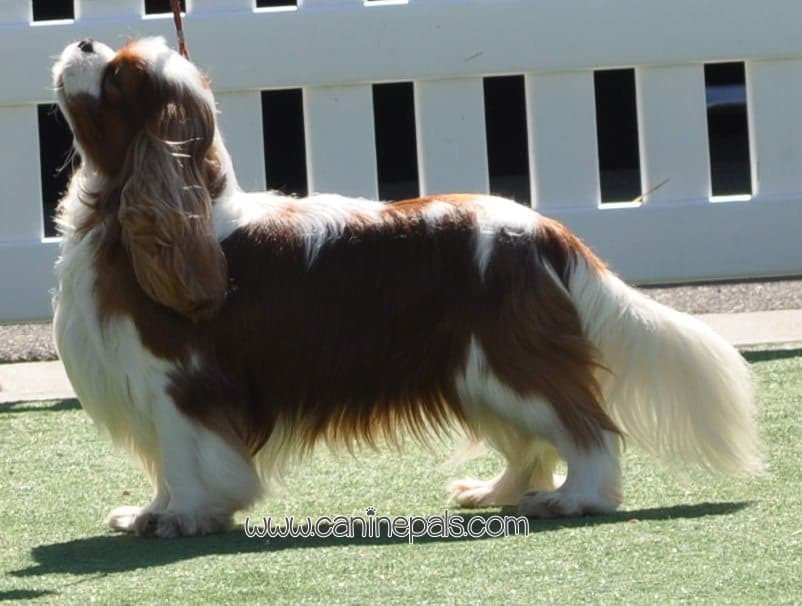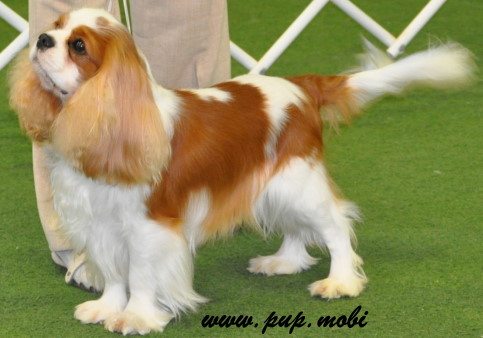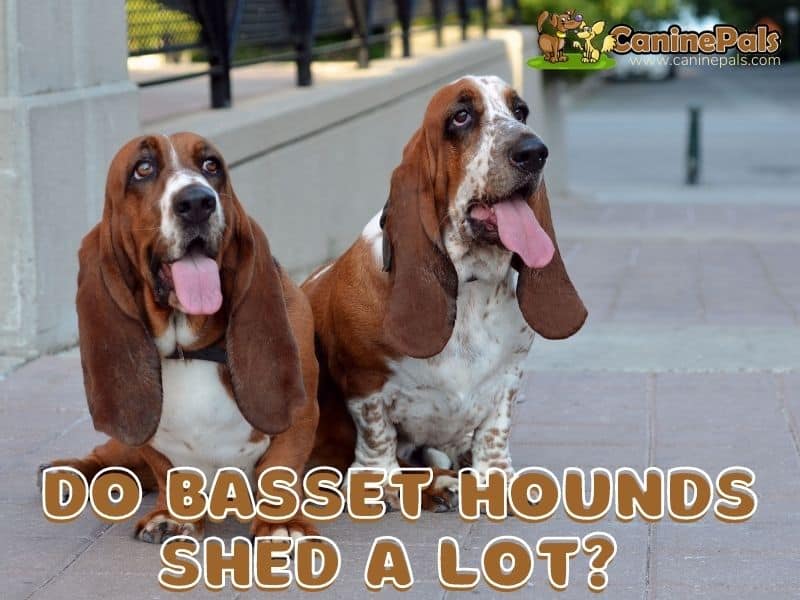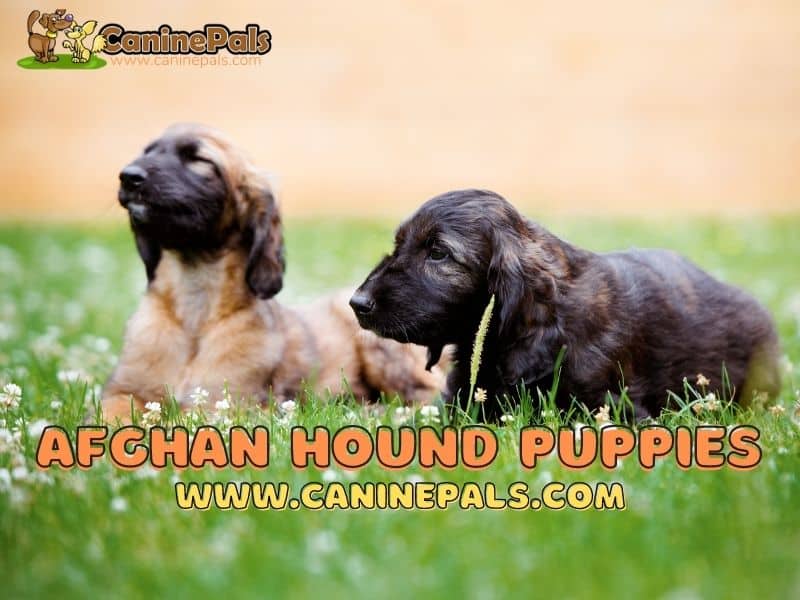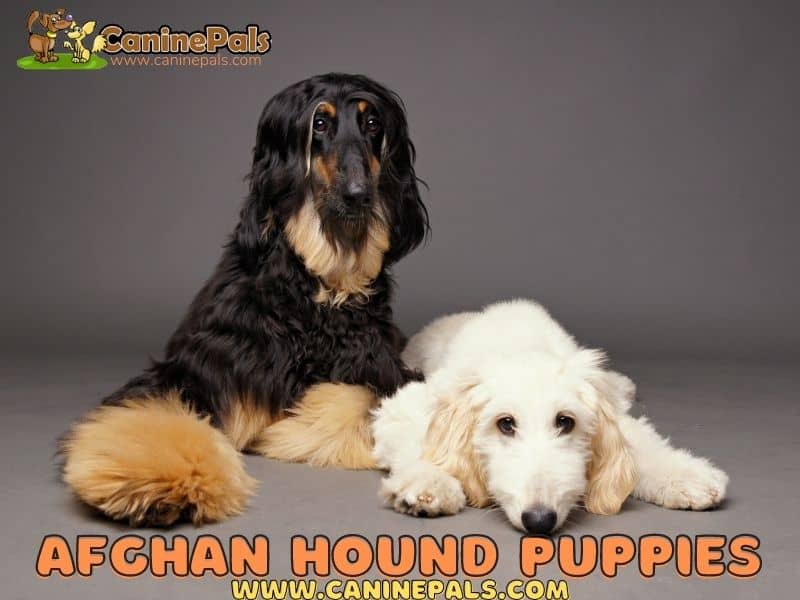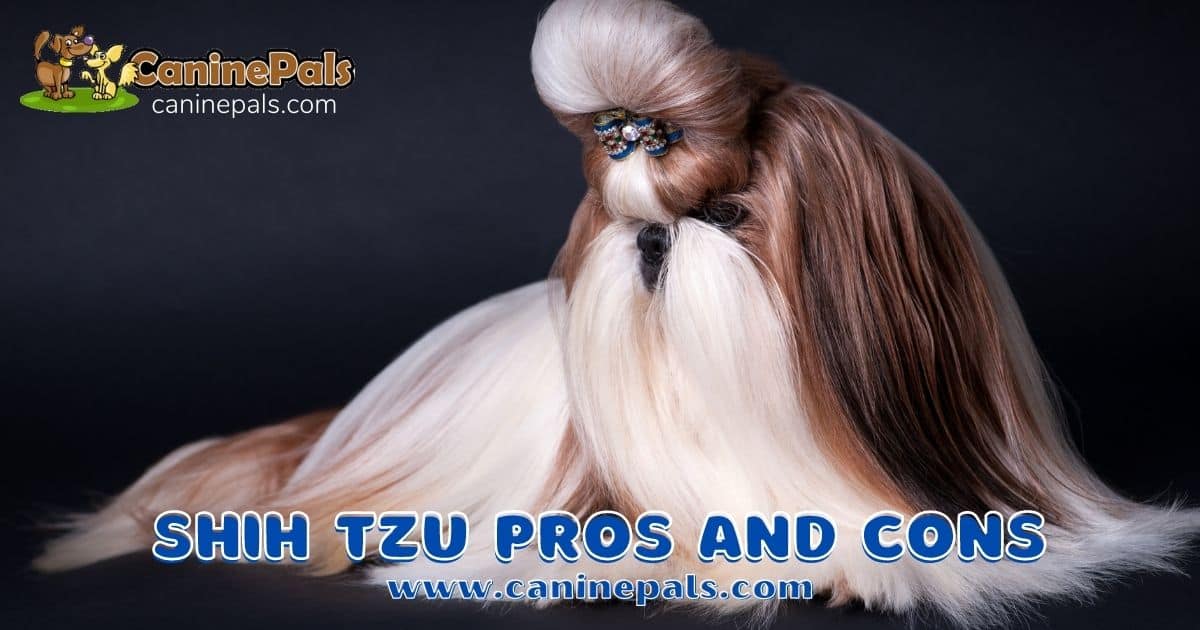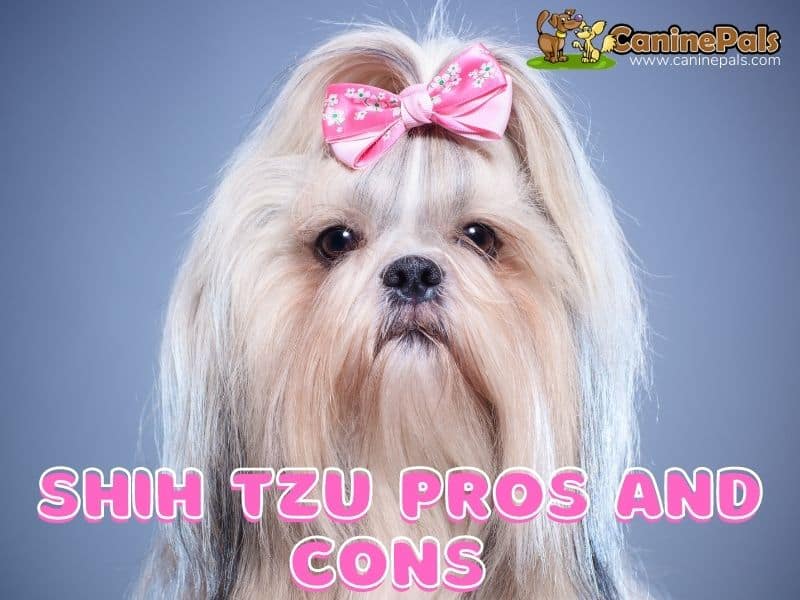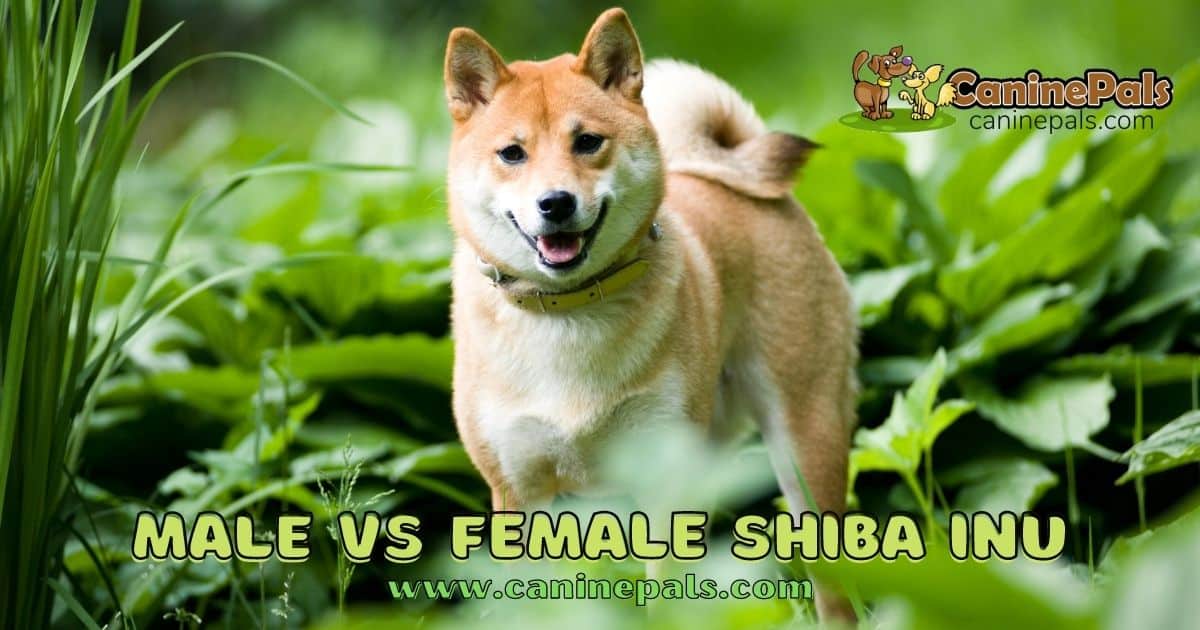Aussie Cattle dogs are great pets. They shed often, but the hair is relatively easy to clean up. However, like any dog, the hairs they shed can cause allergies.
Aussie Cattle Dogs are known to be very intelligent, athletic, and friendly. They also rank as one of the smartest dog breeds in the world. The Australian cattle dog is a high-energy, working breed that needs plenty of exercise and mental stimulation. They are originally bred to herd cattle and are often used to handle wild cattle. So they are an especially skilled breed of herding dog.
Australian Cattle Dogs are working dogs and are also called Blue Heelers and the Queensland Heeler. They need to be able to work in all kinds of conditions, which means they need to shed their coat in the summer and grow it back in the winter.
However, Australian Cattle Dog owners will tell you that their fur is relatively easy to manage. They don’t shed a lot and they don’t cause a mess inside your home.
One of the factors that make a dog a good match for a family with children is how much hair it sheds. Aussie Cattle Dogs are known for being good family pets because they shed normally.
When Do Australian Cattle Dogs Shed?
It is important to know that all dogs, including all purebred dogs can shed hair and skin cells all year round, but they typically only blow their coats twice a year. This is usually in the Spring and Fall.
Australian cattle dogs shed all year-round, not just during the spring season like other breeds. This makes them more prone to dander than your typical dog, so they’ll need more frequent brushing sessions to keep up with the shedding process.
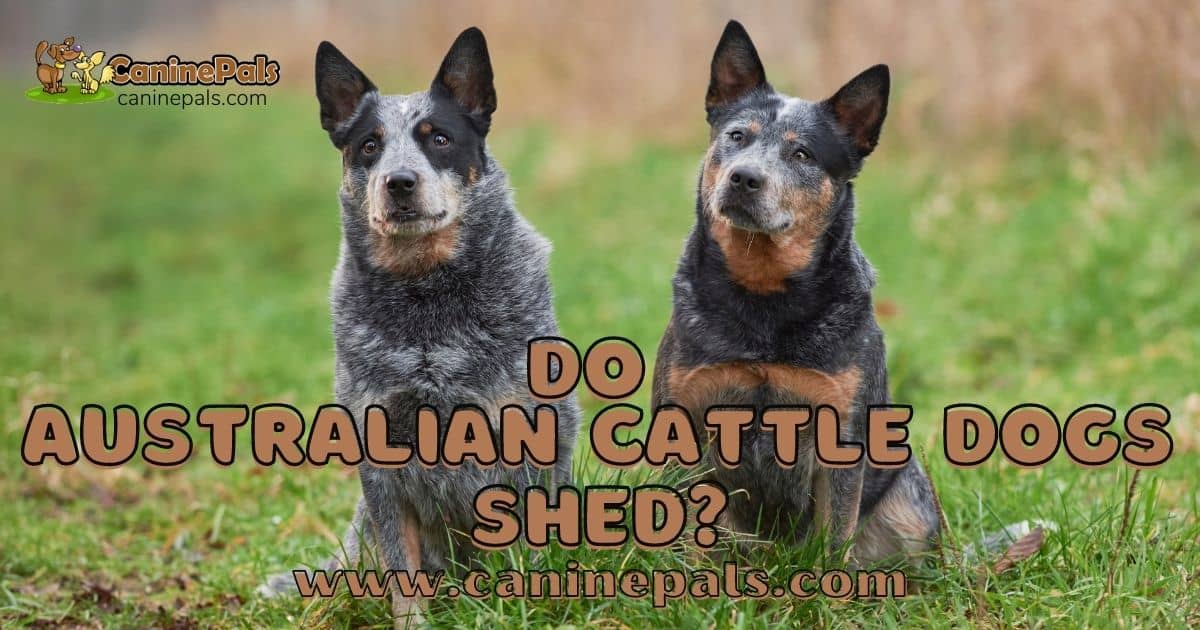
How Much Do Australian Cattle Dogs Shed Compared to other Breeds of Dog?
Hair that is shed by the Australian Cattle Dog is usually found on clothing, furniture, and carpets.
Australian Cattle Dogs are moderate shedders. They will need to be groomed regularly to avoid matting and tangles.
An Australian Cattle Dog can lose up to 1.5 pounds of hair per week, which is significantly more than other breeds of dog. They have a double coat so they need to be groomed at least twice a week.
Blue Heelers sheds significantly less than other breeds of dogs, such as German Shepherds and Poodles. It’s not just hair that can trigger allergies, but also dander from dead skin cells that build up on the dog’s coat from scratching or licking their fur. The Blue Heeler’s level of shedding means there is less dander and fewer skin cells to spread around your home and trigger allergies in those with sensitive skin.
Here is a list of different dog breeds with estimates of average shedding per year in pounds. The exact amounts can vary so much that you shouldn’t place too much importance on the exact numbers, but for comparison purposes, this is useful to know.
Many people are not aware of the fact that the average dog sheds a lot of hair every day. They can shed around 125 to 250 grams of hair per day. In some dog breeds, this can be as much as half a pound a day.
On average a Labrador sheds about 70 pounds of hair each year (amcny.org). The German Shepherd Dog sheds an average of 100 pounds of hair each year.
The average Cocker Spaniel sheds 80-200 pounds of hair per year which comes out to about 3-7 pounds a month.
An average Collie sheds 17 pounds of hair per year, with a range from 0 to 24 pounds.
St. Bernard dogs shed about 60 pounds of hair per year.
Again, these figures are not exact they are estimates from many sources including vets, owners, and discussions online.
So, how much does an Australian Cattle dog shed compared to a Labrador, German Shepherd, or Cocker Spaniel?
If, as has been said above, the Australian Cattle Dog sheds about 1.5 pounds of hair per week, it is similar to other moderately shedding dogs such as the Saint Bernard or the Labrador, so I would estimate it to be somewhere around 75 pounds per year.

What is the Best Anti-Shedding Dog Brush for an Australian Cattle Dog?
The Australian Cattle Dog has a thick, curly, and wiry coat that can grow quite long. It’s important to have the right brush type to be able to manage this type of coat and prevent problems with shedding.
There are several types of brushes for different purposes. For instance, you will want to use a slicker brush for smoothing and shaping the coat and a stiffer brush for removing undercoats and loose hairs.
If you look after your dog’s coat, it is likely to shed less on your furniture, carpets, and you. Loose hair is also less likely to cause allergy problems for your family.
Australian Cattle Dogs are an energetic breed that sheds a lot throughout the year. They also have short hair that is often dry and tangled because of their high energy levels.
The best dog brush for this breed should be able to tackle all these problems with ease, giving your little buddy a shiny coat and keeping them looking great.
A great choice of brush for Australian Cattle Dogs might be something like the KONG ZoomGroom Pet Brush. It has rubber fingertips, which can penetrate deep into your dog’s undercoat and make sure they don’t get irritated by brushing harshly. Remember that causing irritation while brushing can cause skin problems for your pet that may increase shedding. So be gentle!
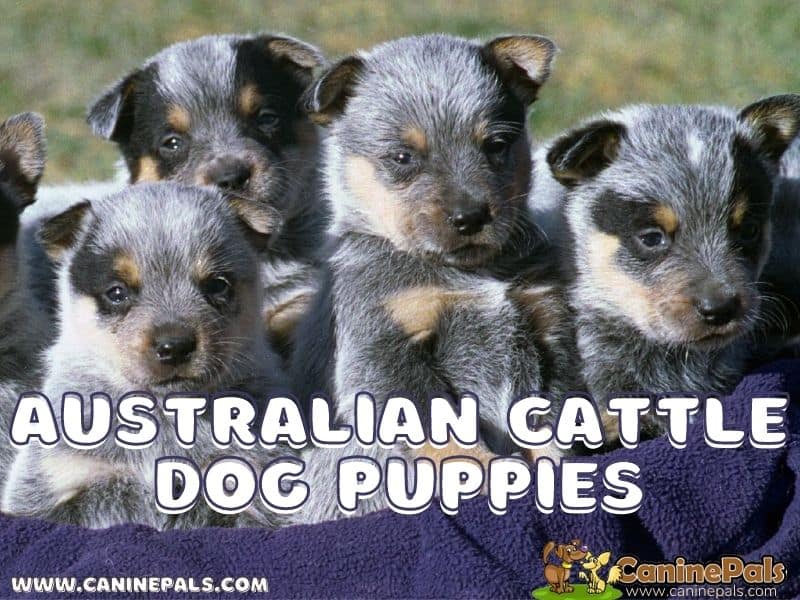
How Often Should I Brush My Australian Cattle Dog?
Cattle Dogs are the perfect dog for anyone who wants a low-shedding, easy-to-groom pet. Their wiry coat does not shed much and will not mat. They also do not require frequent bathing or brushing like other breeds.
Aussie Cattle Dogs are a medium-shedding breed. You can expect to brush through a Cattle Dog once a week normally, and daily while shedding.
Australian Cattle Dogs are relatively easy to groom because of their short coat. They need to be brushed at least two times a week to keep the coat clean. It’s also important to keep an eye out for matting which can occur on the back end of the body.
Cleaning your dog is one of the most important things you can do for them, but there are many different ways to go about it. Pick the right brush for your Australian Cattle Dog will be a big factor in how often you need to clean them.
There are different brushes available that are designed for specific types of coats and fur types, so be sure to choose wisely as brushing does have an effect on the amount that your dog sheds.
Australian Cattle Dogs have medium-length hair with a straight texture. This means they’ll require less maintenance than other breeds with longer or curlier hair. The coat may not need brushing more than twice a week, but it depends on how much dirt has collected on the hair during this time frame.
Brushing will also help distribute natural oil throughout their coat and prevent matting between the curls of their coat. The flow of natural oils and reduction in the dirt that may be against the skin will reduce skin irritation resulting in less shedding.
There are many factors that will influence how much your dog may shed its hair. Hair length, age, season, and health are just a few of the many considerations that should be made before determining whether your dog is shedding abnormally.
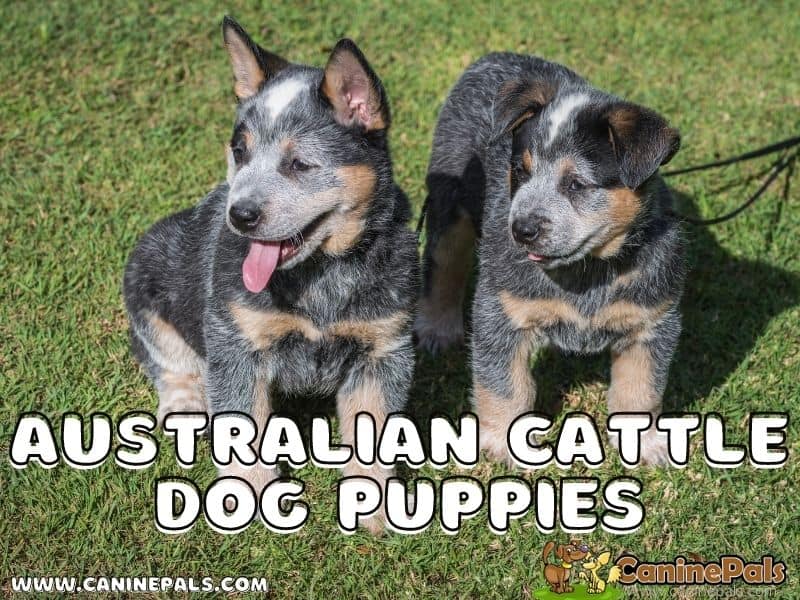
Brushing Your Blue Heeler
Brushing a healthy Australian Cattle Dog regularly should limit the amount of hair left on furniture, clothes, and other surfaces in your home. This is important because the hair of your dog can cause allergic reactions and kids can be particularly sensitive to this.
The frequency of brushing may change depending on your dog’s skin condition. If they have sensitive skin or allergies, they may require more frequent brushing to prevent skin irritation or painful hairballs. During this period they will shed more than normal. seek advice from your vet if you think your dog is shedding too much hair. It can be a sign of illness and you need to check that.
Brushing your Australian Cattle Dog will remove dead hair and undercoat before it falls off onto your furniture or floor. As a result, if you brush your Australian Cattle Dog regularly, you can greatly reduce the amount of hair that sheds on surfaces in the house.
Plus, brushing your Australian Cattle Dog regularly can offer other benefits too! Your dog will not only look better with all the dead hair removed but also feel better with less hair to itch against their skin.
Brushing a dog’s fur is a great way to help them stay clean and healthy. It also helps with shedding, since brushing bristles the fur, keeping it tied together so it doesn’t fall out. Dogs with short coats require daily brushing while dogs with long coats may need brushing every few days or every week.
Australian Cattle Dogs require brushing with a firm bristle brush at least once or twice a week in order to reduce shedding and prevent matting of their coats. This will help the Australian Cattle Dogs maintain their beautiful appearance and cut down on high maintenance grooming needs.
Please remember that how you brush your dog can also reduce the amount of hair that it sheds. Make sure to brush your dog in the opposite direction of the fur to help unclog hairballs and prevent shedding. This is the most efficient way to remove loose hairs and allow much-needed air to reach your dog’s skin.
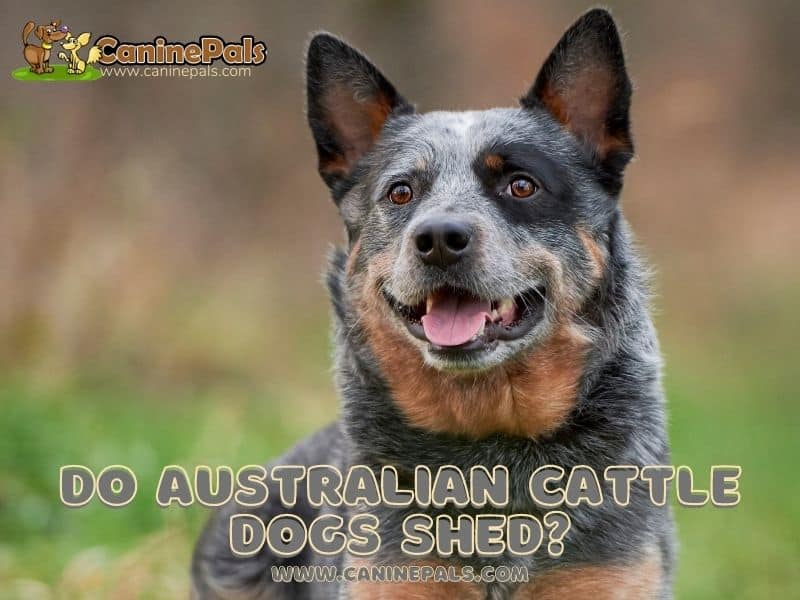
Health Issues and Shedding
As has already been mentioned health issues such as skin irritation can cause extra shedding in all breeds of dog and the Australian Cattle dog is no exception. In particular, a dog needs to get the nutrients and vitamins it needs from its food in order to have a healthy and shiny coat that stays that way. Ensure any dog food fed is high quality.
Any deficiency in essential oils or nutritional problems can cause shedding, so get advice if you think this might be the case with your dog.
When you groom your dog, you should take the opportunity to check to see if your dog’s skin shows any signs of irritation or red patches which could be increasing the amount it sheds or causing it discomfort. If you are unsure, seek the advice of your vet.
If you do go to your vet, and if there is a nutritional problem or deficiency, your vet will probably give you advice to give your pet some form of supplements containing Omega 3 and 6 oils, Vitamins C, A, D, B, and other minerals such as iron or selenium which may help restore your dog to better health and a corresponding improvement in the health of its coat. This can really help with the reduction of excessive shedding.
The Shedding Process
Hair shedding is a natural part of the hair growth cycle. The shedding process can also be triggered by hormones, stress, illness, shedding seasons, and the growth of new hair. Most dogs shed in spring and fall seasons when seasons change, however, the Australian Cattle dog is said by some owners to shed a lot and to never stop shedding.
With some care and thought, and a lot of love, you can keep your Australian Cattle dog happy and healthy and avoid any shedding issues. It just takes a bit of daily care.
Shedding cannot be avoided and is something natural and necessary for every dog as part of its body cycle. Now you know exactly how much you can expect your Australian Cattle Dog to shed and what to do if you think it is shedding too much.
Your dog was bred to work hard and efficiently and is a strong and reliable dog. As a pet in the modern environment, this creature can reward you with years of friendship, loyalty, and love. Don’t let the hairs get in the way!
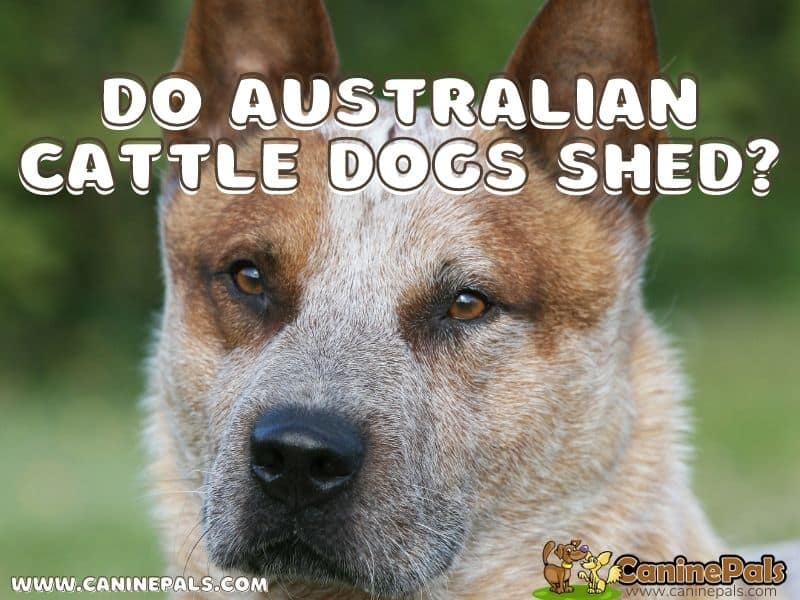
About the Australian Cattle Dog
The Australian Cattle Dog is the ultimate cattle herder and can do it all day. He’s strong, agile, and courageous and these attributes enable him to control cattle in open spaces and confined spaces as well.
Even stubborn cows can’t get the best of this dog. He can be red or blue and can be speckled or mottled and may also have other marks.
The Australian Cattle Dog used to be known as the Australian or Blue Heeler and in the 1800s was originally a mix of a Dingo, Collie, Kelpie, and a Dalmatian. The Blue Heeler is a close relative of the Stumpy Tail Cattle Dog.
He loves big, open spaces. He’s full of energy and bonds easily with his family. He’s very intelligent and needs work to do to keep him happy. His short coat only needs occasional brushing and bathing. He stands 17-20 inches high.
Final Thoughts
The Blue Heeler is one of the most popular breeds in Australia, and it’s no surprise that Australian Cattle Dogs are a favorite for many dog owners. They are prized as working dogs and companions alike.
Australian Cattle Dogs are well-known for their short, dense coats. They shed lightly year-round but are known for heavy seasonal shedding.
This dog breed is agile and athletic but sheds like nobody’s business during the shedding season. The Australian Cattle Dog is a dog breed that requires very little grooming.
Copyright CaninePals.Com. All Rights Reserved.
References and Further Reading:
[1] American Kennel Club, Australian Cattle Dog Information.

